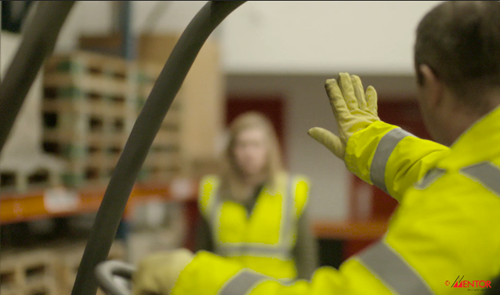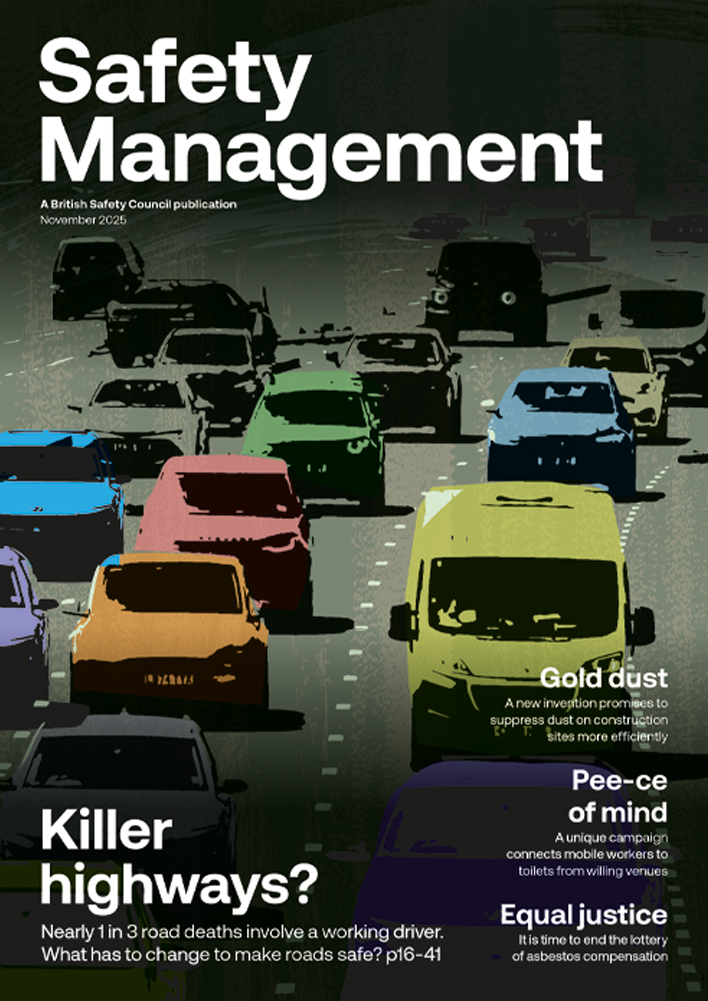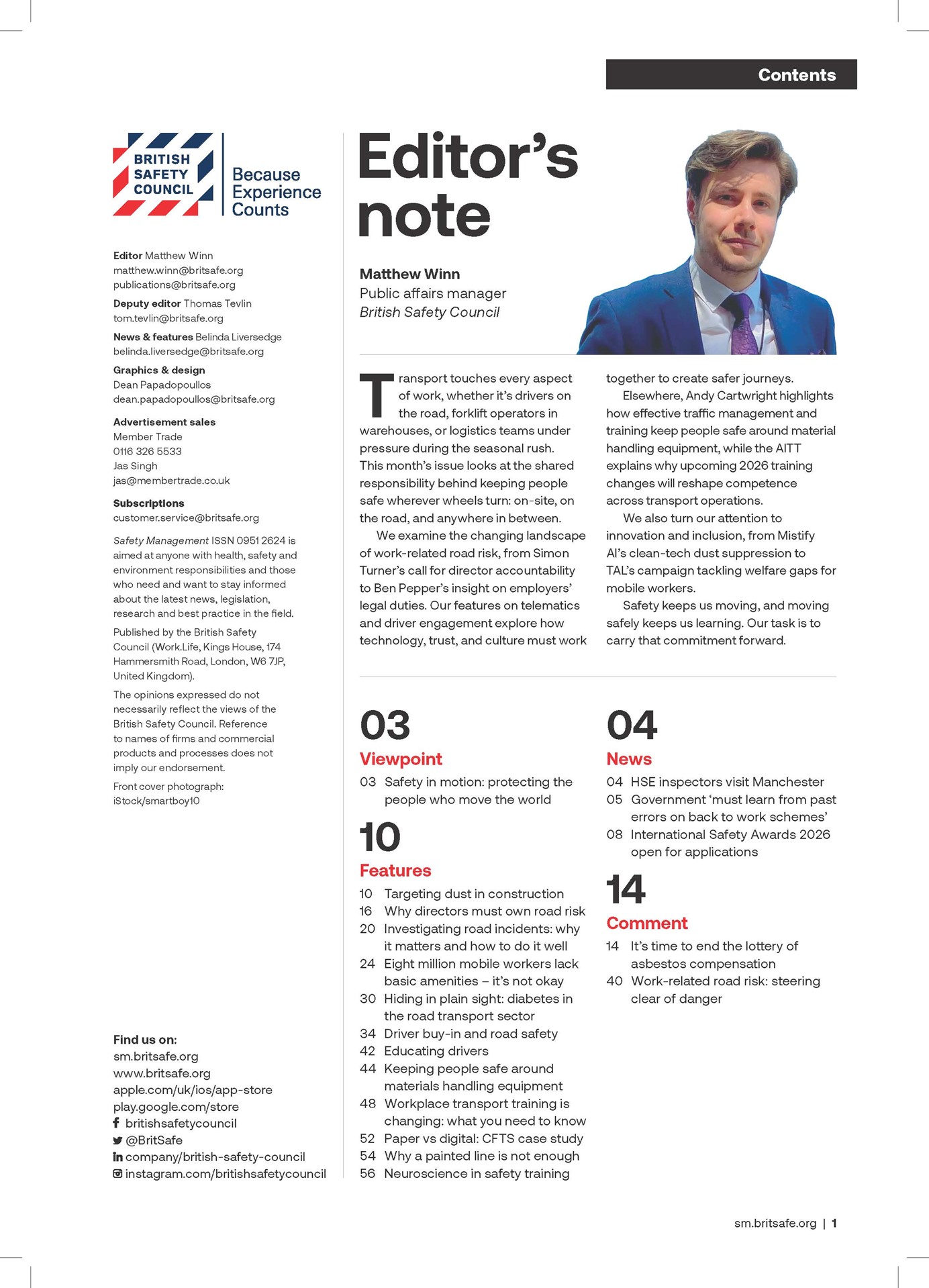When purchasing portable ladders it’s vital to check the equipment has been independently certified to meet the new BS EN 131 standard.
Features
Stepping up to the standard
BS EN 131 (the UK’s version of EN 131), the single British and European product standard covering all types of portable ladders (step, extending and combination), has been significantly revised. While these changes have been around for some time now, many ladder users are still unsure about what the changes mean for them. To help clarify the changes to EN 131, the Ladder Association has updated its Safety Guidance on Portable Ladders which can be downloaded from our website at: ladderassociation.org.uk/en131
What’s different?
British Standards BS 2037 and BS 1129 (often referred to as Class 1 and Class 3 ladders) are no longer available and you can no longer buy ladders made to these withdrawn standards. All ladders should now be designed and manufactured to the current EN 131 standard only.
Many of the characteristics of the standards are similar but the new EN 131 has introduced stabilisers on ladders over three metres, new slip tests, new cycle durability tests, as well as new tests for ladders in the position of use.
The current EN 131 standard has two classes – Professional and Non-Professional. Professional ladders must be used in the workplace and can be used in the home, while Non-Professional ladders are intended and designed for use only by domestic users in their homes, never in the workplace. All ladders – whether used at work or at home – now have the same minimum capacity of 150kg.

When checking the class of a ladder, look out for these labels:
Professional label

The latest standard means ladders are wider, stronger, sturdier and safer than ladders designed to previous and now withdrawn standards. These changes improve the safety of ladders and make buying the right ladder much simpler.
What you need to know when buying ladders
Employers are legally required to provide safe equipment for use at work. If you are self-employed, that applies to you too. In the home, you also need to be sure that the ladders you buy and use are safe. You should only buy ladders designed and manufactured to the current standard.
One way of ensuring and being able to demonstrate a portable ladder is safe is to make sure that it fully complies with the requirements of the standard.
You can do that by checking that it has been independently checked and certified by a recognised and accredited certification organisation such as BSI, T&R or TUV. You should ask the supplier if the ladder is properly certified and, to be doubly sure, ask for a copy of the certificate. If you are buying online and you cannot get a copy of the certification then it’s probably best to shop somewhere else.
If a supplier cannot provide you with a copy of the ladder’s certification to EN 131, then you should seriously consider buying from another source – a reputable supplier will be able to give you this. Be very careful about buying from general online shopping sites where you’ll find many suppliers making incorrect or false claims about compliance with EN 131.
Importantly, you cannot CE mark a portable ladder. Not only is it not possible – it is illegal! So, if you see any portable ladder with a CE mark then avoid it and buy elsewhere.
It is a requirement of the Ladder Association that its members should only supply portable ladders that are independently certified as compliant with the EN 131 standard by a recognised and accredited certification organisation. You can find details of all Ladder Association members on the Ladder Association website.
About the Ladder Association
The Ladder Association is the not-for-profit lead industry body dedicated to promoting the safe use
of ladders and stepladders. We work closely with the Health and Safety Executive and the Access Industry Forum to support codes of good practice, minimum standards for equipment, trained and qualified operatives and education in the work at height sector.
Our members include manufacturers, rental companies, training providers and ladder users. In addition to administering the LadderCard training scheme, we publish safety guidance, a code of practice and technical notes, all of which can be freely downloaded from our website.
The Ladder Association currently offers five training courses delivered through a network of audited and approved training centres: ‘Ladder & Stepladder User’, ‘Ladder & Stepladder Inspection’, ‘Ladder & Stepladder Combined Use and Inspection’, ‘Steps & Step Stools for Users’ and finally ‘Ladders for Managers’, which was launched at the start of 2021.
For more information, including your nearest Ladder Association member and the latest EN 131 Guidance, see:
ladderassociation.org.uk
ladderassociation.org.uk/en131
FEATURES

Targeting dust in construction
By Belinda Liversedge on 30 October 2025
Rohan Jindal was cycling to college in Dehli where he was studying engineering, when he had to stop. Not because of the hot sun beating down, but because he couldn’t breathe. And although asthmatic, that wasn’t the trigger. Looking all around he saw construction sites emitting large clouds of dust. This was his ‘a ha’ moment. “What,” he asked himself “do they do in construction to supress the dust?”

Paper vs digital – how CFTS is revolutionising work equipment inspections for members
By Rob Fisher, CFTS on 30 October 2025
A new mobile app makes it easier for CFTS-accredited businesses to manage the delivery of Thorough Examinations of customers’ work equipment, but it also benefits the customer through automated reminders about the safety of their machine and the results of the examinations.

Keeping people safe around material handling equipment at peak times
By Andy Cartwright, Mentor FLT Training on 30 October 2025
For many businesses, the Christmas and New Year period sees increased use of equipment like forklifts as customer demand, sales and goods handling surge, so it’s essential that measures like adequate segregation of people and machines are in place to keep everyone safe.



